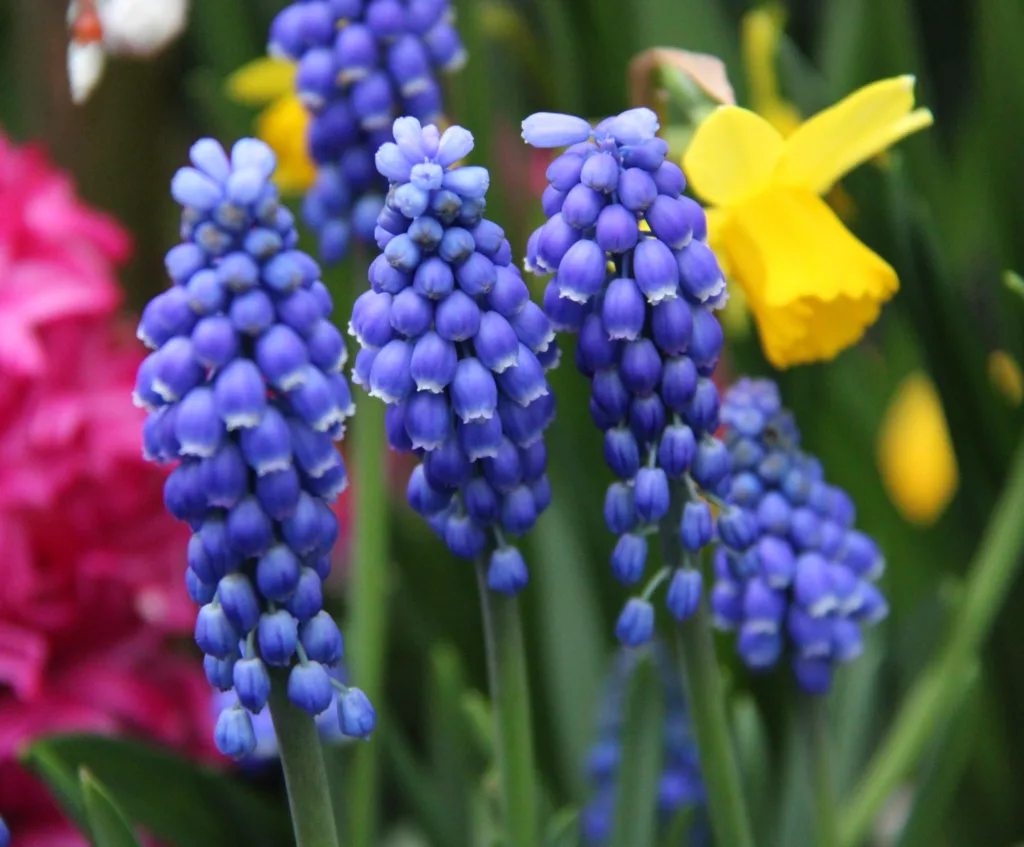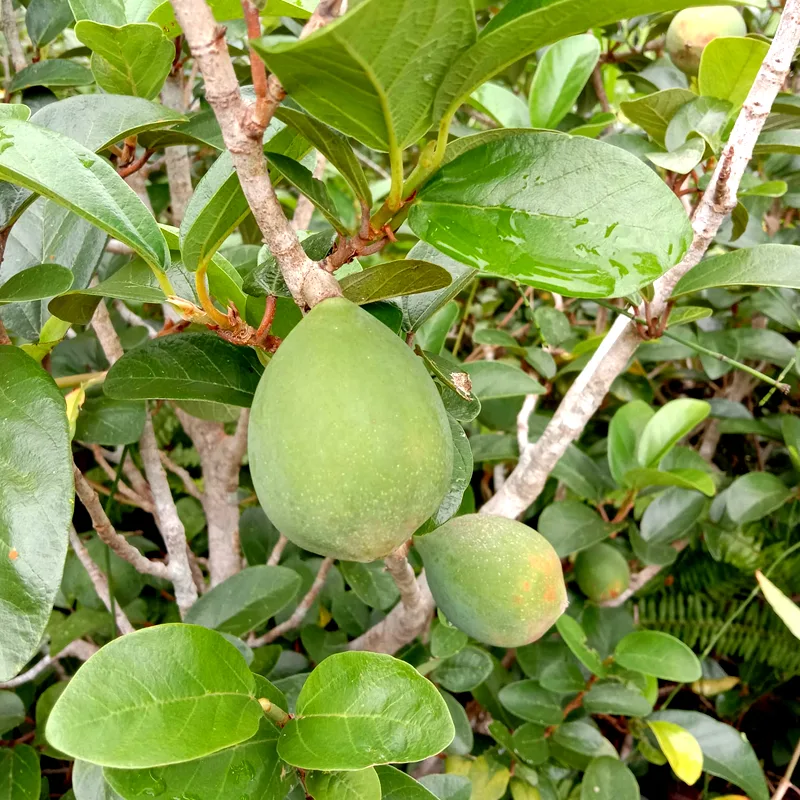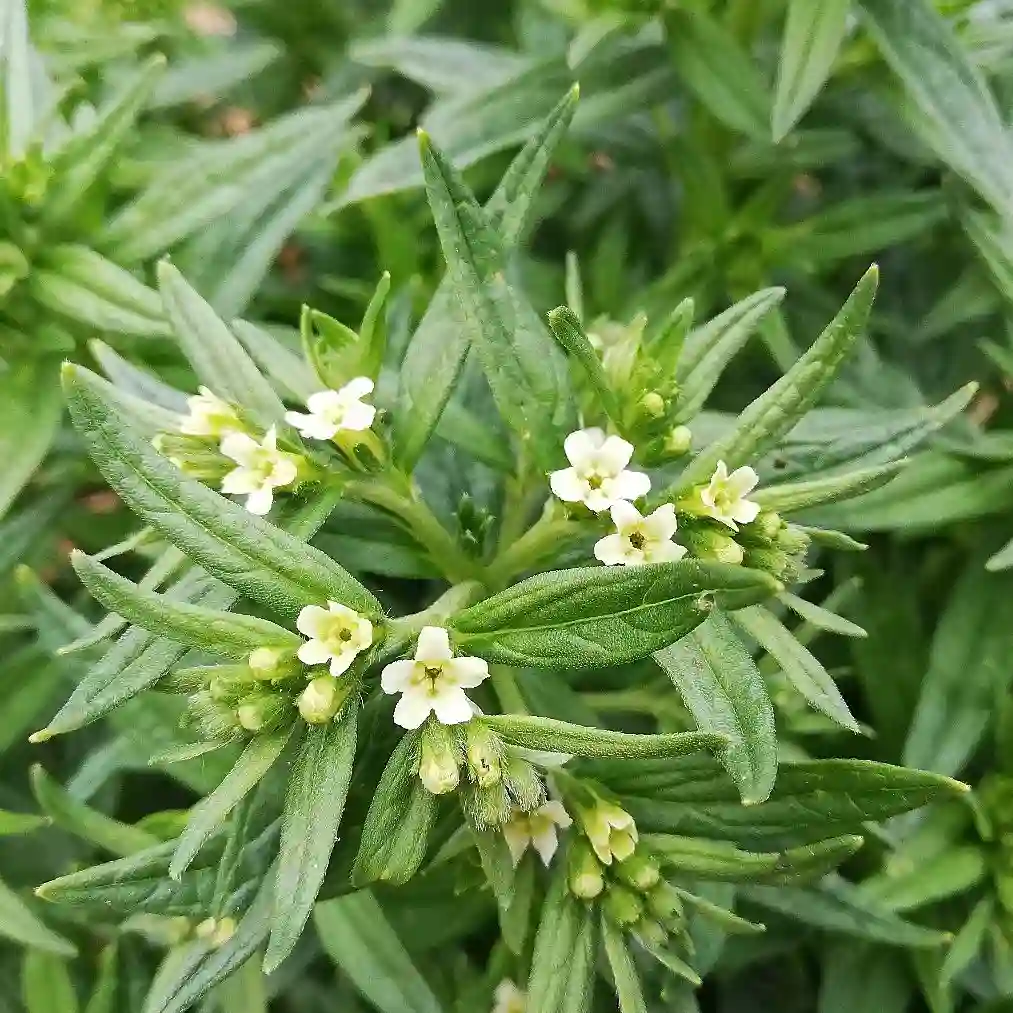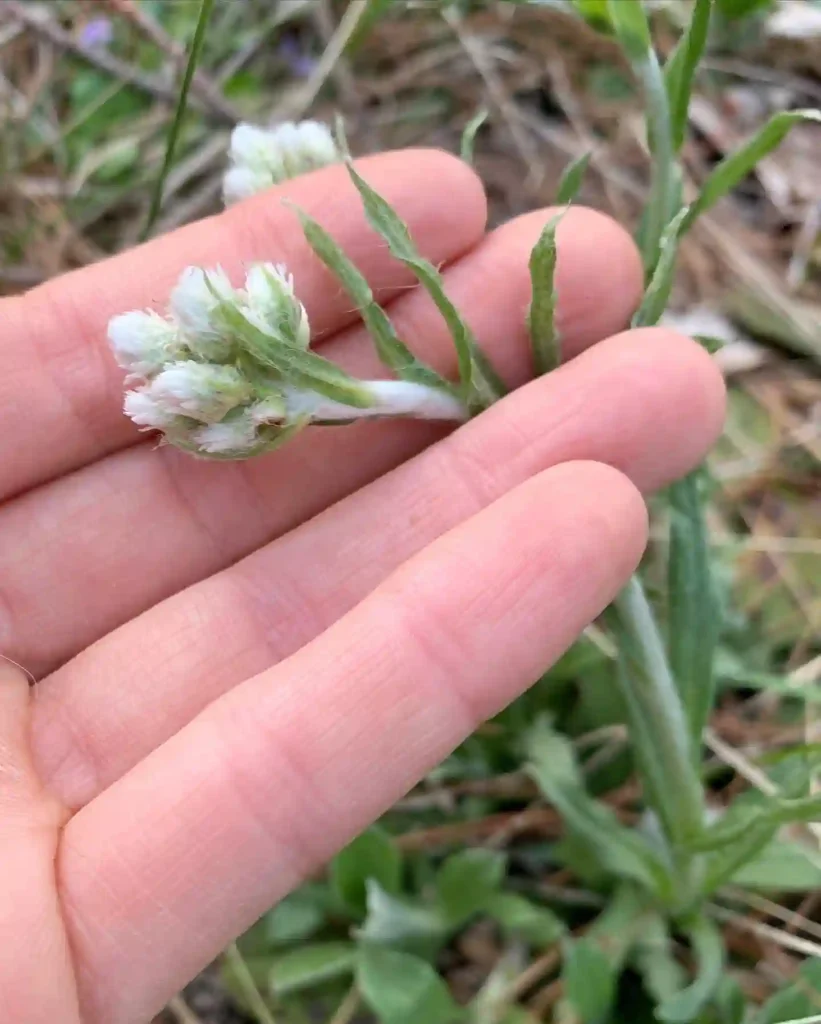Exploring the Elaeocarpaceae Family: An In-Depth Look at Its Genera
The Elaeocarpaceae family, a fascinating group of flowering plants, has always intrigued me due to its unique characteristics and diverse genera. As an avid plant enthusiast, I find this family captivating because it includes a variety of plants ranging from shrubs to tall trees, each contributing uniquely to their ecosystems. In this article, I’ll delve into some of the key genera of the Elaeocarpaceae family, highlighting their distinctive features and why they stand out to me.
Aceratium: The Versatile Beauties
Aceratium is a lesser-known genus within the Elaeocarpaceae family but holds its own charm. Found predominantly in New Guinea and parts of Australia, these trees and shrubs are known for their showy flowers and lush foliage. What captivates me most about Aceratium is its adaptability. Despite being native to tropical climates, these plants have shown resilience in various environments. Their aesthetic appeal and adaptability make them a potential candidate for ornamental gardening.
Aristotelia: A Blend of Beauty and Utility
Aristotelia, particularly Aristotelia serrata, also known as wineberry, is a genus that offers both ornamental beauty and ecological value. Native to New Zealand, its vibrant red berries and delicate flowers make it a garden favorite. Beyond aesthetics, Aristotelia plays a crucial role in native ecosystems by providing food for birds and insects. I appreciate this genus for its dual role in beautifying spaces while supporting local wildlife.
Crinodendron: The Lantern Tree Marvels
Crinodendron is one of my personal favorites within the Elaeocarpaceae family, especially Crinodendron hookerianum, commonly known as the Chilean lantern tree. Its unique lantern-shaped flowers, which dangle like ornaments, never fail to catch my eye. Native to Chile, this genus thrives in cool, moist climates, making it a perfect addition to gardens in similar regions. Its striking flowers and evergreen foliage make Crinodendron a standout species for those looking to add a touch of the exotic to their garden.
Dubouzetia: The Lesser-Known Gem
Dubouzetia might not be as widely recognized as other genera, but it certainly deserves attention. Found mainly in New Caledonia and parts of Australia, these small trees and shrubs are known for their simple yet elegant leaves and inconspicuous flowers. While they may not be the showiest plants, their subtle beauty and ecological importance, particularly in maintaining soil health, make them valuable members of the Elaeocarpaceae family.
Elaeocarpus: The Iconic Genus
484 Species in Genus Elaeocarpus
Elaeocarpus, the most well-known genus in the family, includes the stunning Elaeocarpus angustifolius, or blue quandong. Its vibrant blue fruits are not only visually striking but also serve as a food source for birds. This genus is widespread, found in regions from India to Australia, and is often used in traditional medicine. The diversity within Elaeocarpus, from majestic trees to smaller shrubs, makes it a genus worth exploring for anyone interested in the Elaeocarpaceae family.
Peripentadenia: The Unique Outlier
Peripentadenia is a genus that might not be familiar to many, but it’s an intriguing member of the Elaeocarpaceae family. Endemic to New Guinea, these trees are known for their distinct leaf arrangements and modest flowers. While not commonly found outside their native habitat, they play a crucial role in local ecosystems, providing shelter and food for various species.
Platytheca: The Australian Native
Platytheca is an Australian native genus, often overshadowed by more prominent members of the Elaeocarpaceae family. These small shrubs are known for their attractive flowers, which range from white to deep purple. I admire Platytheca for its hardiness and adaptability to various soil types, making it a resilient choice for native plant enthusiasts looking to diversify their gardens.
Sericolea: The New Guinea Specialist
Sericolea is another genus native to New Guinea, comprising small trees and shrubs. While not widely known, Sericolea species are essential for their role in local forest ecology, particularly in nutrient cycling and soil stabilization. Their unassuming presence and ecological significance make them a fascinating genus to study and appreciate.
Sloanea: The Diverse Powerhouse
Sloanea is a genus that boasts a remarkable diversity, with species ranging from small shrubs to towering trees. Found in tropical and subtropical regions worldwide, Sloanea species are known for their robust structure and vibrant flowers. Their ecological importance cannot be overstated, as they provide habitat and food for numerous species. I find Sloanea fascinating for its adaptability and the wide range of forms it takes, reflecting the versatility of the Elaeocarpaceae family.
Tetratheca: The Floral Delight
Tetratheca, native to Australia, is a genus known for its delicate, bell-shaped flowers. The vibrant pink and purple hues of Tetratheca flowers make them a favorite among native plant enthusiasts. Their compact size and striking appearance make them ideal for rock gardens and borders. I appreciate Tetratheca for its ability to add a splash of color to landscapes while remaining low-maintenance.
Tremandra: The Small but Mighty
Tremandra is a small genus native to Australia, characterized by its low-growing habit and charming, star-shaped flowers. Despite their diminutive size, Tremandra plants are tough and adaptable, thriving in a range of environments. Their resilience and unique floral displays make them a valuable addition to native gardens.
Vallea: The Andean Enigma
Vallea is a genus native to the Andean regions, known for its striking flowers and distinctive foliage. Vallea stipularis, with its vibrant red flowers, is particularly eye-catching. This genus, though not widely cultivated, is an excellent choice for gardeners interested in rare and unusual plants. I find Vallea fascinating for its adaptability to high-altitude environments and its striking visual appeal.
In conclusion, the Elaeocarpaceae family is a diverse and intriguing group of plants, each genus offering something unique. From the showy flowers of Crinodendron to the ecological significance of Sericolea and Dubouzetia, there’s much to explore and appreciate. Whether you’re a seasoned botanist or a gardening enthusiast, the Elaeocarpaceae family has something to offer.
If i die, water my plants!



